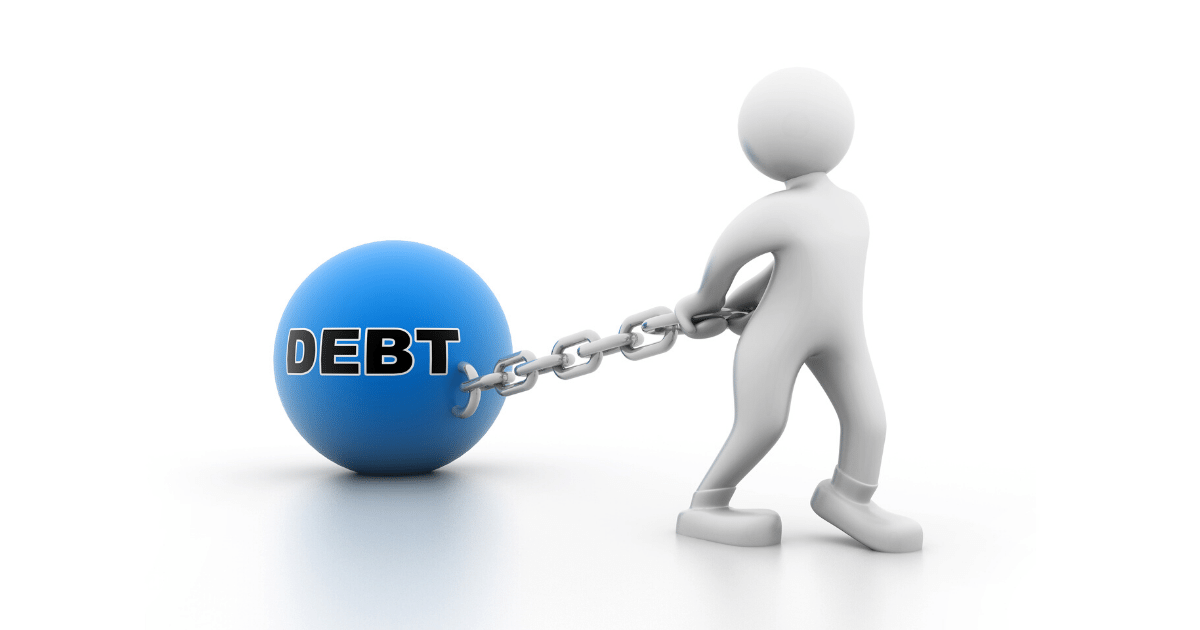By Charlestien Harris:
Hello my financial fitness trainees. I am back again to talk about ways to manage debt. If you are overwhelmed by the sheer volume of bills arriving at your home every month, debt consolidation may be the debt-relief program you need, but only if you’re able to curb your enthusiasm for spending.
Credit cards are the source of most financial problems for consumers. The average American family has 3.7 credit cards and owes $15,762 in credit card debt. Throw in bills for rent, cable, cell phone, utilities and a car note, and that’s a lot of accounting to keep up with every month.
If you fall behind on one credit card, it can be an uphill struggle to catch up. When it reaches the point where you’re only making minimum payments on one or more of the bills, then it’s time to consider debt consolidation.
The pros for debt consolidation are obvious. You are simplifying the process of paying your bills. You make one payment to one lender with one deadline every month in place of multiple payments to multiple creditors with multiple deadlines.
Ideally, there is some cost saving involved in debt consolidation. The one new loan should have a lower interest rate and monthly payment than the combined cost of the bills you consolidated.
Despite the pros, debt consolidation isn’t a cure-all. The debt is not forgiven or even reduced. You will still owe the same amount of money and if you don’t increase your payments and decrease your spending, the problem will never go away. Time can also be an issue. You should be prepared to spend anywhere from 2–5 years in a debt consolidation program before eliminating the debt.
Types of Debt Consolidation
If you decide to consolidate your debts, another decision has to be made. What type of debt consolidation program should you use?
There are four major types of debt consolidation:
Debt management plan (DMP): This is a popular choice because it typically includes credit counseling and education programs to help you to identify the causes of your financial problems. Credit counselors also can provide solutions that you can take with you after completing the program. The downside on DMPs is that they usually take 3–5 years to eliminate the debt and some people aren’t patient enough to stick with the program that long.
Balance transfer on credit cards: Zero percent balance transfers are extremely attractive offers by credit card companies, but usually are limited to consumers with excellent credit scores. If your credit score isn’t somewhere above 700, you probably won’t qualify. Also, there normally is a transfer fee involved (2–3% of the balance being transferred) and an expiration date (usually 12–18 months) on the 0% interest rate.
Personal loans: You can get a personal loan from several sources — most often a bank, credit union, or online lender. The interest rates vary, but usually are fixed at rates less than what is paid on credit cards. However, most personal loans include an origination fee, some include a pre-payment penalty, and others require collateral (e.g. a home or car). Qualifying for a personal loan with a low credit score can be difficult, especially if your debt-to-income ratio is high.
Home equity loan or line of credit: These also carry relatively low interest rates, but your home serves as collateral and could be lost if you fail to make payments. Application fees and closing costs also could be involved.
When you examine each method, it is important to come up with the total cost of bill consolidation, the amount of time the process will take and what impact, if any, it will have on your credit score. Feel free to contact me with any questions at charlestien.harris@southernpartners.org or 662-624-5776. In my next blog, I’ll give you all the facts on debt settlement. Until next time, stay financially fit!
